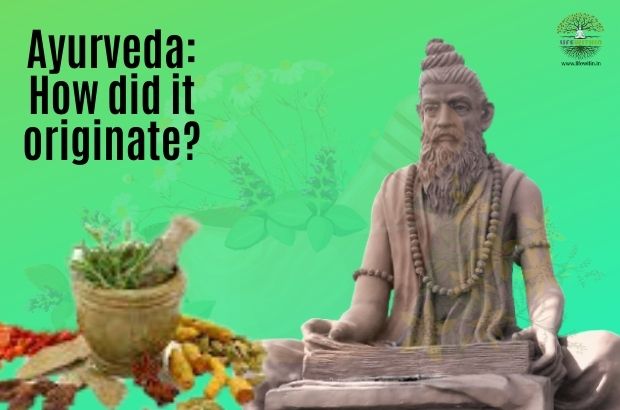Why Ancestors Put Negative Effects? How To Heal It? | Dr Prameela Sreemangalam
- Jul 26, 2021
- 2261 View
Ayurveda is one of the most recognized traditional medical systems. We can describe Ayurveda as the relationship between...

Ayurveda:
Ayurveda is one of the most recognized traditional medical systems. We can describe Ayurveda as the relationship between the composition and function of the human body with nature and the co-acting cosmic elements.
This medical practice has been in existence for many centuries and will flourish for centuries yet to come. There are countless opportunities in this field that researchers, practitioners, and experts of the Traditional Medical System (TSM) have to explore.
As this practice dates way back in time and lacks proper documentation, the research and information exchange take place at a slower pace.
Ayurveda has a history of a thousand years from the 2nd century BC. The foundation of Ayurveda comes from the ancient Hindu philosophy teaching school Vaisesika and the logical Nyaya School.
It is also related to the manifestation framework called Sankhya and established at the same time as the Nyaya and Vaisesika schools.
The Vaishya School preached the conclusions and thoughts on the cure of the patient's pathological condition. While the Nyaya School must have a thorough understanding of the patient's condition and disease condition before carried out with treatment.
The Vaishya school divides the attributes of each object into six categories: essence, particularity, activity, commonality, inner and quality, which are called Dravya, Visesha, Karma, Samanya, Samavaya, and Guna in Sanskrit.
Later, Vaisesika and Nyaya School cooperated to create a new Nyaya Vaisesika School.
In recent years, Nyaya Vaisesika School has glorified the importance of ancient wisdom and helped spread knowledge about Ayurveda.
Brahma, also known as the creator of the universe, is considered the origin of Ayurveda.
According to ancient beliefs, the creator of the universe passed this overall therapeutic knowledge to the philosophers for the benefit of humans.
Beginning with the wise,
traditional medicine knowledge is passed on to students through various
characters, ordinary people, and stories.
You might come across information about the medicinal properties of herbs compiled in the form of a poem called "Shlokas."
The saints used these poems to describe the uses of medicinal plants.
The Hindu healing system is based on four main sets of knowledge (Vedas) called Yajur Veda, Rig Veda, Sam Veda, and Atharva Veda. The Rigveda is the most famous of these four great Vedas, which describes 67 kinds of plants and 1028 kinds of shloka.
The practice of Ayurveda is dependent on knowledge of these Vedas. The scriptures in Rig Veda and Atharva Veda indicate a philosopher, "Atreya," who received this recognition from Lord Indra, who originally received it from Lord Brahma.
Agnivesha collected this knowledge of the Vedas, published by Charaka and other scholars, and compiled it as "Charaka Samhita." The Charaka Samhita described various aspects of Ayurvedic medicine, and Sushruta Samhita described the science of surgery, which is still used by traditional medical professionals. These ancient texts are available in different translations and language versions such as Tibetan, Greek, Chinese, Arabic, and Persian. There are anthologies, such as Nighantu Granthas, Madhava Nidana, and Bhava Prakasha, produced by different scholars. Although, Charaka Samhita is the most respected of all records.
Shruti Shrivastava | Life
Within

